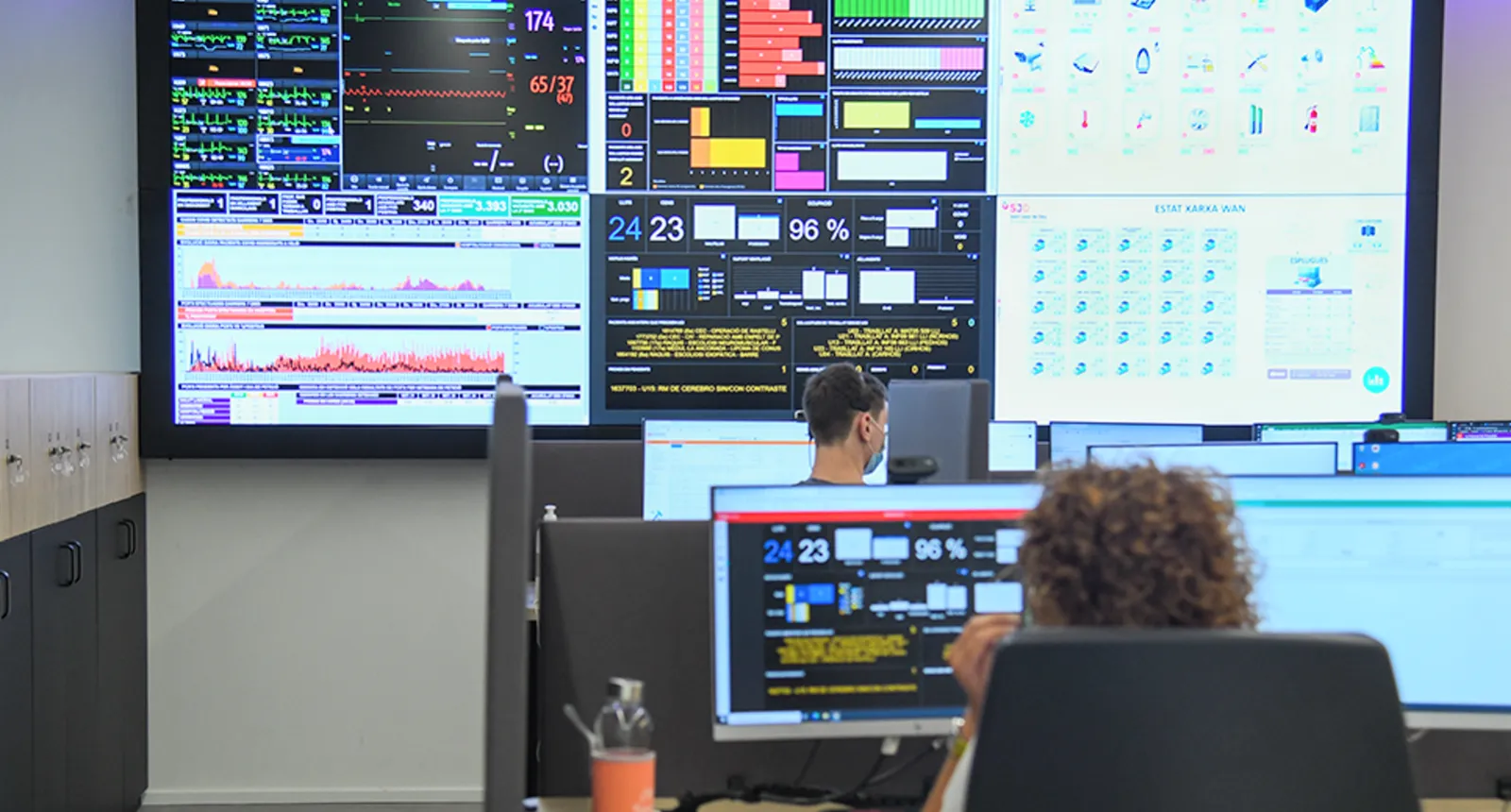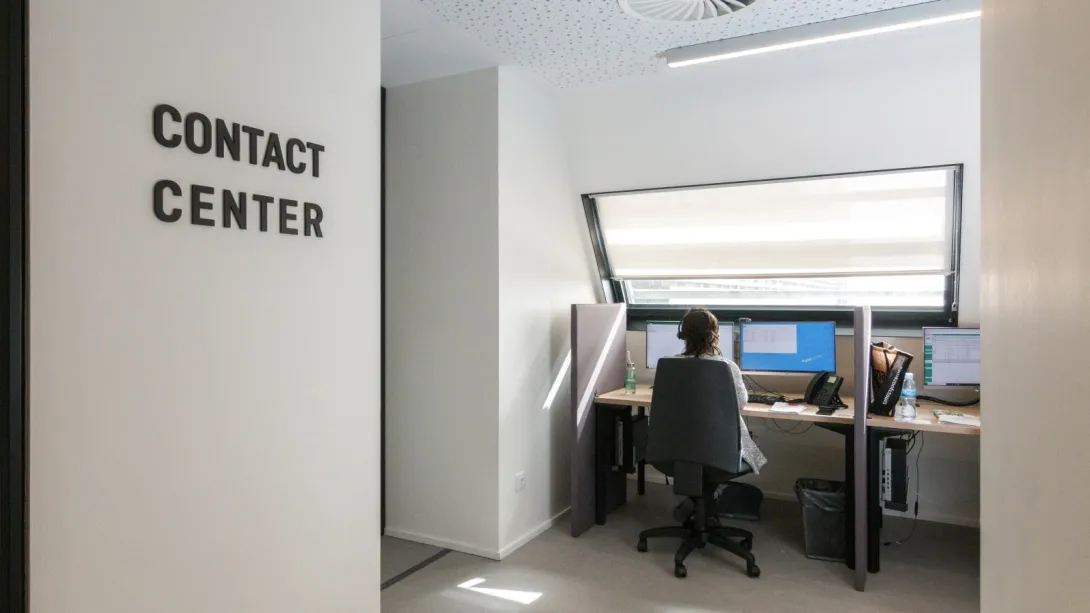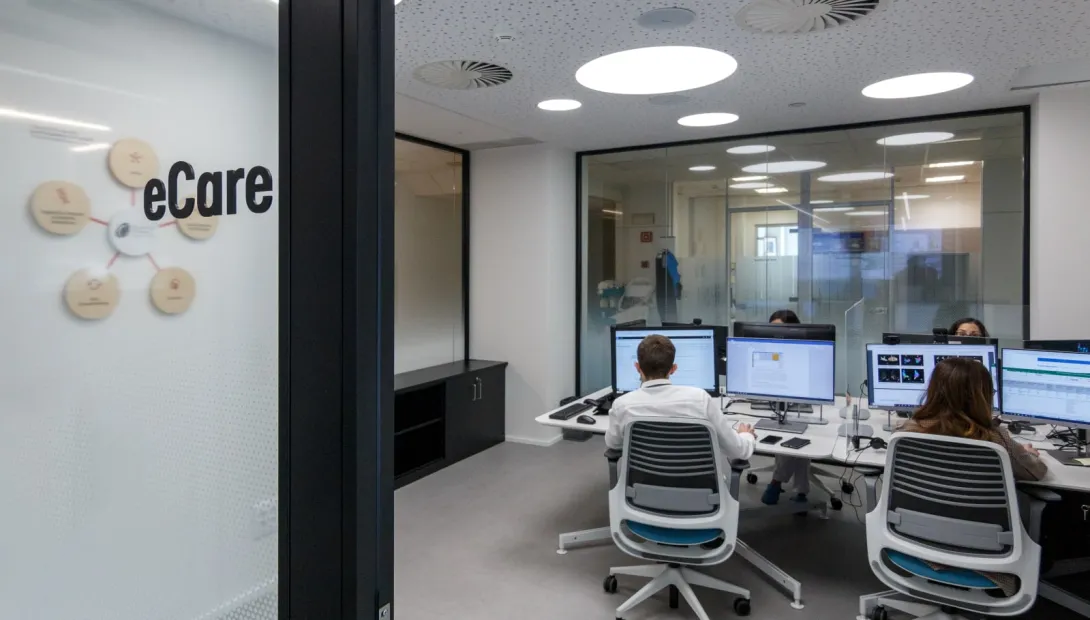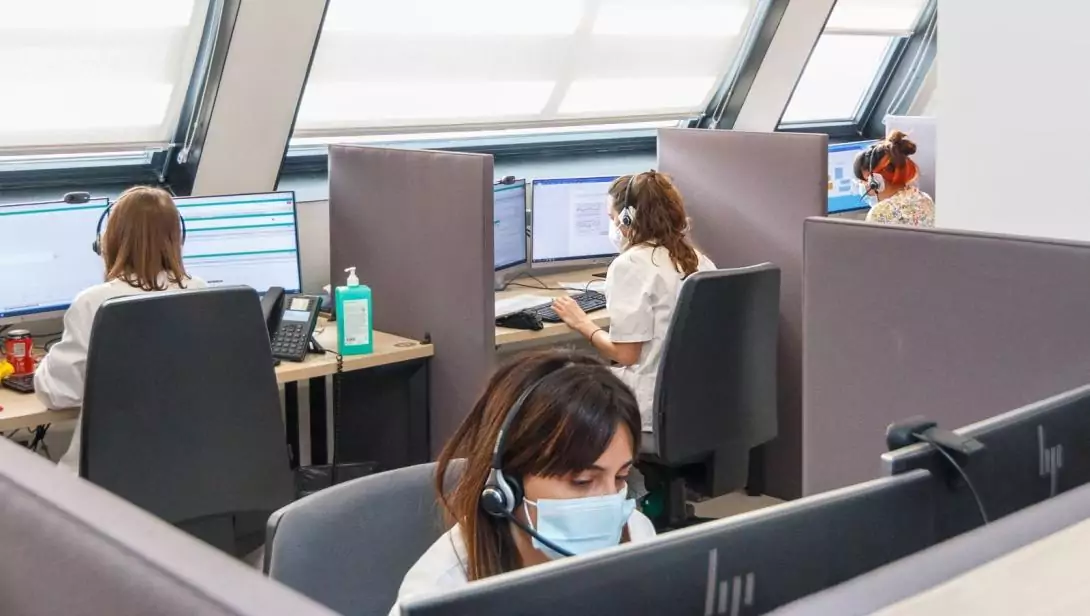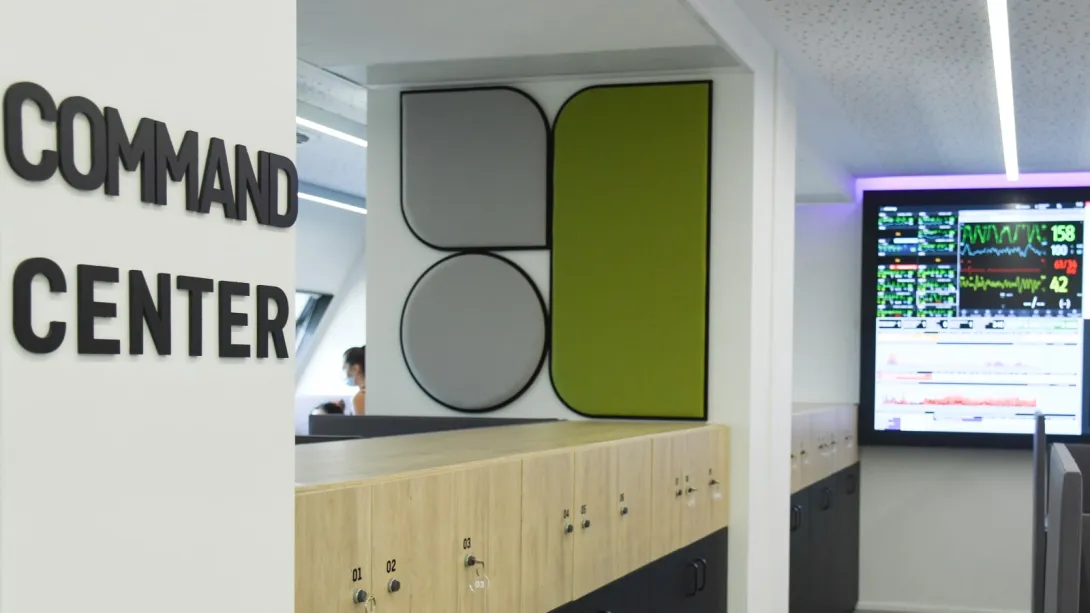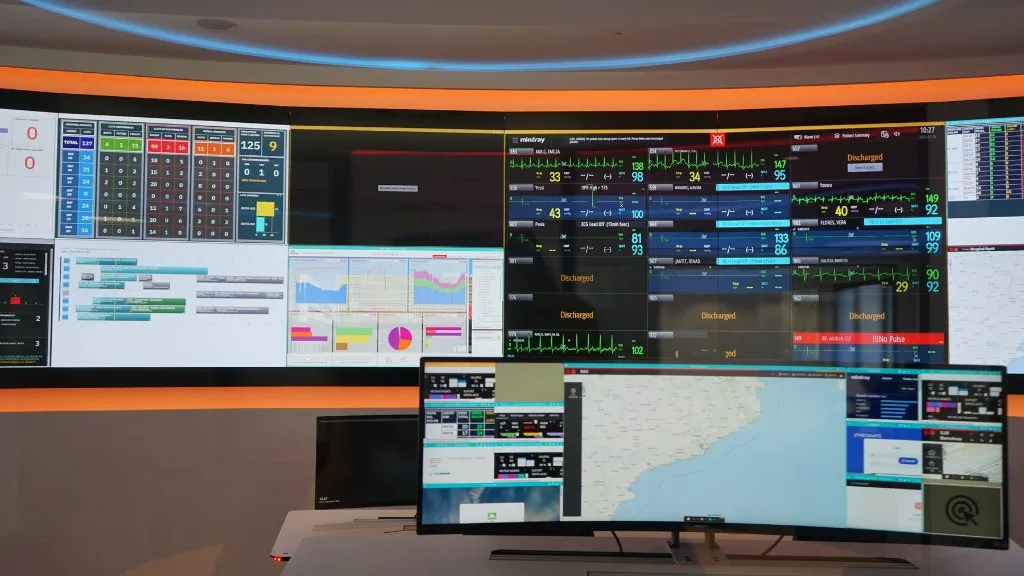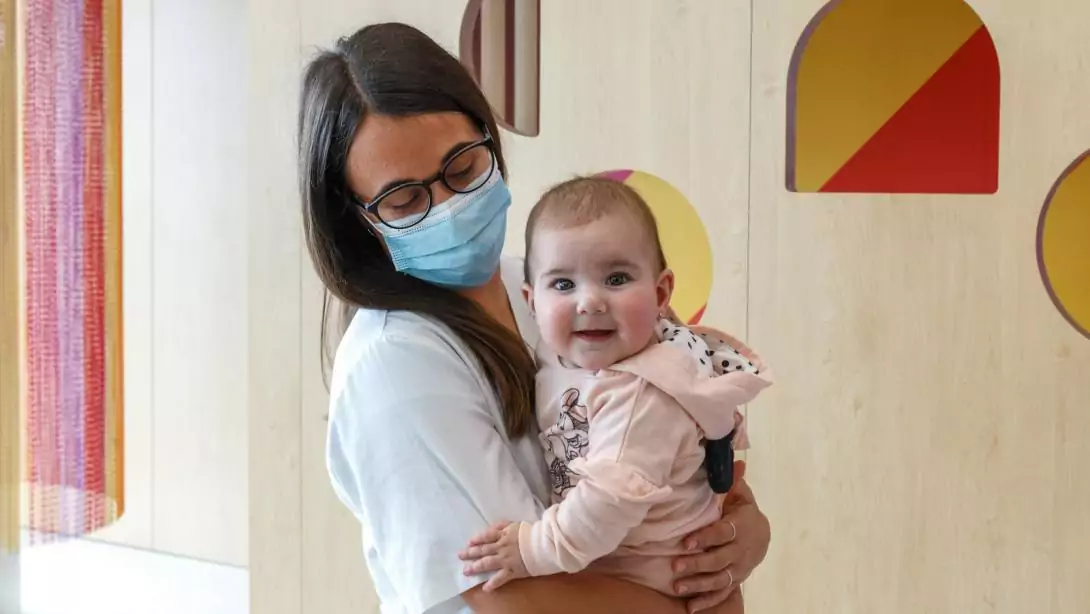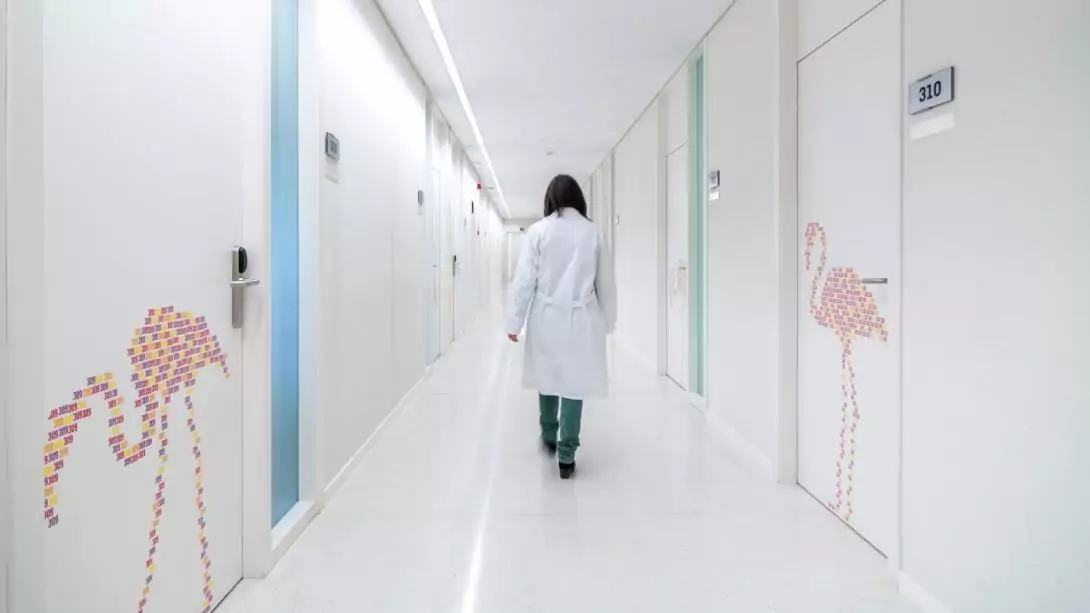The SJD Barcelona Children's Hospital is making moves towards digitalising healthcare with this project, evolving over the last decade into its current iteration, influenced by the post-pandemic world.
The digital transformation of the SJD Barcelona Children's Hospital began in 2009, when the Liquid Hospital project first took shape, based on the fact that patients were more comfortable at home than in hospital. To make remote care possible, it became clear that the healthcare model at the SJD had to go beyond the hospital's walls, offering more information to families in the first instance, and secondly, tending to them remotely.
In the first stage of the project, the hospital's digitalisation effort focused on virtual, participative spaces. The Liquid Hospital project kept progressing and evolving, moving towards a proactive healthcare and data collection model in 2016 (Liquid Hospital 4.0). In 2019, the Cortex project was launched, founded on smart data and remote healthcare provision (telemedicine and contact and information platforms for patients and families).
One of the primary objectives of Liquid Hospital is to anticipate change and allow for rapid implementation when necessary: something which was especially useful during the COVID-19 pandemic, when new healthcare habits and the normalisation of remote healthcare became particularly relevant. While remote healthcare made up 18% of healthcare activity before the pandemic, during that period it reached heights of 60%, later consolidating itself as practically a third of all visits and consultations.
With the consolidation of a digital ecosystem, the way data and information is generated in a hospital environment has also changed. Until now, a reactive model was utilised to analyse data a posteriori. Now, trends have shifted towards a predictive model, which uses a base algorithm to help the organisation prepare before changes occur. This system also allows for an alteration to decision making circuits and a standardisation of remote healthcare models.
Key infrastructure of Cortex
Cortex is the name given to both the space and the digital evolution project of the SJD Barcelona Children's Hospital. The space is based on the smart management of the information generated in the hospital by patients, their families and their environment. The aim is to ensure that the data collected and analysed are useful for care, decision-making, and the creation of predictive care and logistics models.
The space is made up of three large areas, which confirms the generation of knowledge and the possibility of improvement offered by this hospital “control tower”:
- Contact centre: a multi-channel service oriented towards proactive and personalised care. It consists of several modules equipped with desks, computers and telephones that allow patients to respond via the Patient Portal, telephone, e-mail or other means of contact.
- eCAre: is the central office for non-face-to-face care projects, mainly remote monitoring and telemedicine. For example, a cardiology patient monitoring system allows patients to move around the hospital, automatically identifying critical alerts, anticipating and improving decision-making, and moving from reactive to preventive medicine. Remote emergency care and home hospitalisation are also managed in this space.
- Command centre: designed for collecting and analysing information based on the principle of efficiency. Various professionals have access to real-time data control, which allows information to be analysed to improve the quality of care, optimise processes and accompany the care process. This system also improves the management of resources: the video wall allows the evolution of emergencies, hospitalisation flows, the state of the Intensive Care Unit, the Surgical Block or the main infrastructures of the centre to be displayed.
This space acts as the centre’s radar, providing permanent tracking and anticipation that allows predictive alerts to be created. This allows the design of visualisation panels, standardising the actions to be carried out, and continuously measuring the results.
Since its start-up in 2019, the equipment has become a strategic area for managing operations and processes, integrating different technological environments that should assist in decision-making. One of the future challenges of the space is to work with predictive models that optimise the operation of the hospital, favouring efficiency and improving the quality of care.
